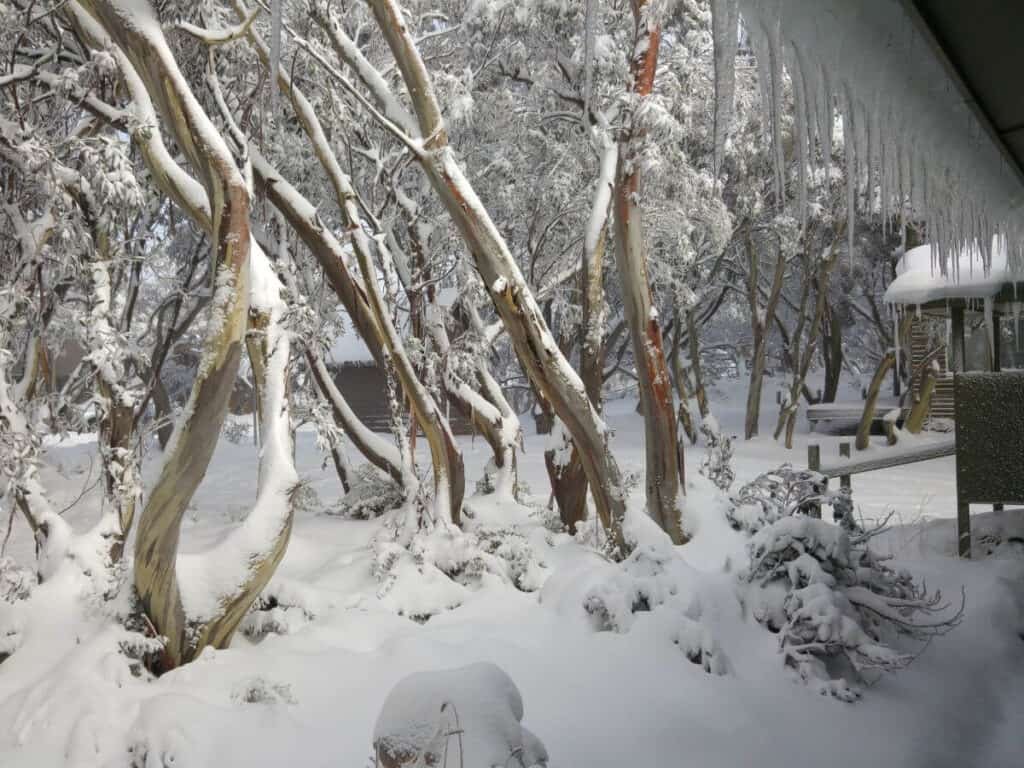Find Less-Known Spots for Snow In Australia Trips
Find Less-Known Spots for Snow In Australia Trips
Blog Article
Comprehending the Relevance of Snow in Australia for Agriculture and Tourist
While Australia is often associated with sun-kissed coastlines and arid outback, it also boasts a riches of snowy alpine areas. As we investigate this unexpected crossway, the potential influence of shifting environment patterns on Australia's snowfall and its succeeding impacts become a compelling focus.

The Unanticipated Snowfall: Australia's Alpine Regions
When winter season cloaks the world, Australia's Towering areas put on a white mantle of snow, a phenomenon that appears nearly paradoxical in this dominantly sun-baked land. Unlike the stereotyped picture of Australia as a land of deserts and coastlines, these areas offer a beautiful and shocking contrast. The Australian Alps, stretching across New South Wales, Victoria, and the Australian Funding Region, obtain even more snowfall than Switzerland. This unexpected winter months wonderland uses a special environment, offering an environment for several indigenous varieties and a snowy play ground for winter season sports enthusiasts. The yearly snowfall, although not as abundant as in some nations, is a vital aspect of Australia's climate variety and plays a significant function in the nation's agricultural techniques and tourism sector.
Winter's Bounty: Snow's Payment to Australia's Water Resources
Despite its rarity in the wider landscape of Australia, snow in the Alpine areas plays an essential function in the country's water resources. Serving as an all-natural storage tank, the snowpack stores water throughout the chilly months, gradually releasing it into rivers and dams as it melts in warmer seasons. This process makes sure a stable supply of water, aiding in the stablizing of the nation's water cycle. This is especially vital for Australia, a continent frequently pestered by dry spells. The snowmelt feeds right into the Murray-Darling Basin, a lifeline for lots of areas in the southeastern components of the country. Without the bounty of winter snow, Australia's water resources would be considerably strained, influencing both the atmosphere and the populace.
White Blanket, Eco-friendly Area: The Effect of Snow on Australian Agriculture
Although much less visible, the influence of snow on Australian agriculture is considerable. Snowfall in the high country works as an all-natural type of watering, progressively melting and giving a consistent water to lower-lying get more farmland. This water-rich environment cultivates the development of robust plants, adding to the nation's agricultural efficiency. Moreover, snowfall improves dirt health and wellness by presenting dampness and trapping nutrients, which are progressively launched as the snow thaws. This procedure enriches the dirt, fostering the growth of healthier, much more durable crops. In addition, snow cover serves as a safety covering, protecting the ground versus serious winter months temperatures that might otherwise harm plants. Hence, the duty of snow in Australian agriculture is both multifaceted and crucial.

Cold Cash: Snow Tourist and Its Economic Significance in Australia
While the worth of snow to Australian agriculture is often ignored, its payment to the nation's tourist sector is indisputably considerable. The snow-laden peaks company website of Australia's towering areas draw in a flurry of travelers every winter months, adding millions to the national economy. Hence, the financial importance of snow tourism in Australia expands far beyond the inclines.
Future Forecast: Climate Adjustment and Its Possible Effects on Australia's Snowfall
As the world faces the reality of environment modification, so also must Australia ponder its possible results on the nation's snowfall. Current scientific models anticipate a decrease in Australian snowfall, with potentially severe impacts on both farming and tourism. In some locations, the snow season can be shortened by up to 80 days by 2050. Such adjustments endanger the practicality of Australia's ski market, which adds significantly to the local economy. Similarly, much less snowfall can additionally affect the nation's agricultural sector, as snowmelt plays a vital duty in watering crops. The prospective impacts of these adjustments highlight the necessity of environment change reduction efforts, both in Australia and worldwide.
Final Thought
In final thought, snow is an essential aspect of Australia's farming and tourist fields. The impending danger of climate modification elevates worries about the future of Australia's snowfall patterns, possibly interrupting these substantial economic fields.

When winter season capes the globe, Australia's Towering areas wear a white mantle of snow, a phenomenon that appears almost paradoxical in this dominantly sun-baked land.In spite of its rarity in the wider landscape of Australia, snow site here in the Alpine regions plays an important role in the nation's water resources. Without the bounty of winter snow, Australia's water sources would certainly be dramatically stressed, influencing both the environment and the population.
Therefore, the economic importance of snow tourist in Australia expands much beyond the inclines.
In conclusion, snow is a crucial component of Australia's farming and tourist industries. Snow In Australia.
Report this page